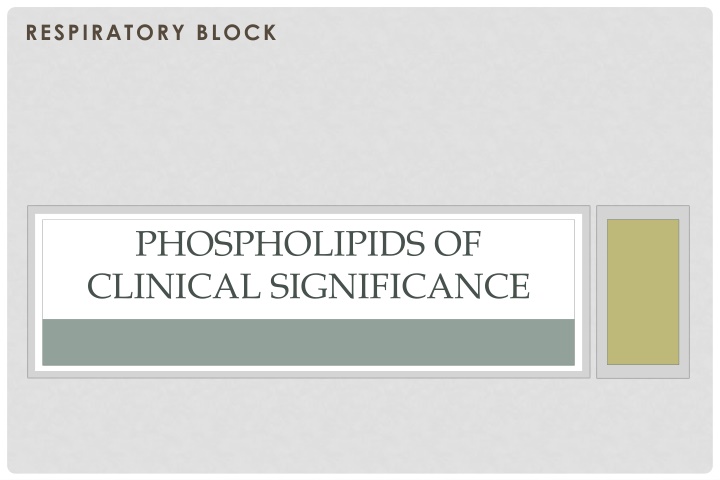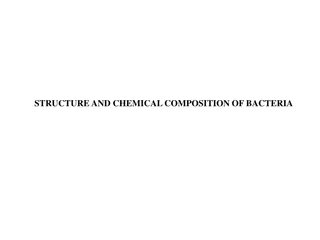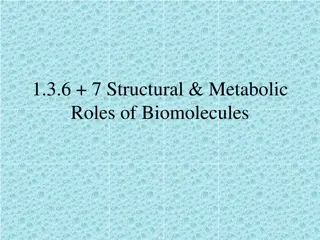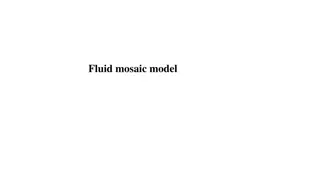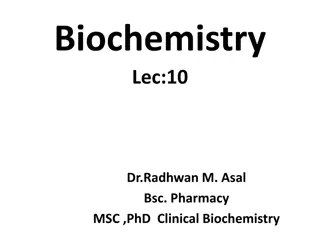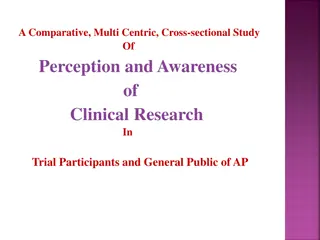PHOSPHOLIPIDS OF CLINICAL SIGNIFICANCE
Phospholipids play a crucial role in the respiratory system, impacting various clinical outcomes. Understanding the significance of block phospholipids in respiratory health can provide valuable insights for medical professionals and researchers alike. Explore the clinical implications of these compounds and their implications on respiratory physiology and pathology.
Download Presentation

Please find below an Image/Link to download the presentation.
The content on the website is provided AS IS for your information and personal use only. It may not be sold, licensed, or shared on other websites without obtaining consent from the author.If you encounter any issues during the download, it is possible that the publisher has removed the file from their server.
You are allowed to download the files provided on this website for personal or commercial use, subject to the condition that they are used lawfully. All files are the property of their respective owners.
The content on the website is provided AS IS for your information and personal use only. It may not be sold, licensed, or shared on other websites without obtaining consent from the author.
E N D
Presentation Transcript
RESPIRATORY BLOCK PHOSPHOLIPIDS OF CLINICAL SIGNIFICANCE
OBJECTIVES By the end of this lecture the First Year students will be able to: Identify the types and functions of phospholipids Discuss the physiological importance of phospholipids Understand the role of glycerophospholipids in lung surfactant and their clinical implications in respiratory distress syndrome (RDS) Identify the classes and physiological functions of phospholipase enzymes
OVERVIEW Types and functions of phospholipids Glycerophospholipids: Types, functions and role in lung surfactant, cell signaling and protein anchoring Respiratory distress syndrome (RDS) Sphingophospholipids Phospholipids in lipoprotein particles Phospholipases: Types and functions
PHOSPHOLIPIDS Phospholipids are polar, ionic compounds that contain an alcohol group attached either to: Diacylglycerol or Sphingosine Major lipids of cell membranes Two classes: Glycerophospholipids Sphingophospholipids
PHOSPHOLIPIDS Their hydrophobic (non-polar) portion is attached to the membrane Their hydrophilic (polar) portion extends outward interacting with the aqueous environment
FUNCTIONS OF PHOSPHOLIPIDS Membrane-bound phospholipids act as: Reservoir for intracellular messengers Anchors to cell membranes Nonmembrane-bound phospholipids act as: Lung surfactant Components of bile (as detergents to solubilize cholesterol)
GLYCEROPHOSPHOLIPIDS Also called phosphoglycerides Contain glycerol A major class of phospholipids All contain phosphatidic acid (PA) PA is the simplest phospholipid
GLYCEROPHOSPHOLIPIDS Phospholipids are derived from PA such as: Serine + PA Phosphatidylserine (PS) Cell signaling Blood clotting Ethanolamine+PA Phosphatidylethanolamine (PE) (cephalin) Choline + PA Phosphatidylcholine (PC)(lecithin) Inositol + PA Phosphatidylinositol (PI) Lung surfactant Cell signaling Glycerol + PA Phosphatidylglycerol (PG) Lung surfactant
SOME EXAMPLES Cardiolipin Two molecules of PA joined to an additional molecule of glycerol through PO4 groups In the inner mitochondrial membrane Function: maintenance of respiratory complexes of electron transport chain
SOME EXAMPLES Platelet activating factor (PAF) Binds to cell surface receptors Triggers thrombotic and acute inflammatory reaction
ROLE OF PC IN LUNG SURFACTANT Lung surfactant is a complex mixture of: Lipids (90%) including Dipalmitoylphosphatidylcholine (DPPC) Proteins (10%) Alveolar cells of the lungs are lined by the extracellular fluid layer Alveolar cells secrete DPPC (a major lung surfactant)
ROLE OF PC IN LUNG SURFACTANT Surfactant decreases the surface tension of the fluid layer Reduces pressure needed to re-inflate alveoli Prevents alveolar collapse (atelectasis)
ROLE OF PC IN LUNG SURFACTANT Respiratory distress syndrome (RDS) In preterm infants due to deficiency of lung surfactant A major cause of neonatal death Treatment: Glucocorticoids to mother to promote lung maturation In adults due to damaged alveoli by infection or trauma
ROLE OF PI IN CELL SIGNALING Plays important role in intracellular signaling PI is part of calcium- phosphatidyl inositol system
ROLE OF PI IN MEMBRANE PROTEIN ANCHORING Anchoring of proteins to membranes through carbohydrate-PI bridge Examples: Alkaline phosphatase (on the surface of small intestine) Acetylcholine esterase (on postsynaptic membrane of neurons) Anchoring proteins can be cleaved by phospholipase C enzyme
SPHINGOPHOSPHOLIPIDS A long-chain fatty acid attached to sphingosine Example: Sphingomyelin An important component of myelin that protects and insulates nerve fibers
PHOSPHOLIPIDS IN LIPOPROTEIN PARTICLES The outer core of lipoprotein particles is hydrophilic Contains phospholipids and free cholesterol Allows transport of core lipids in aqueous plasma
PHOSPHOLIPASES Phospholipids are degraded by phospholipase enzymes Present in all tissues including pancreatic juice Glycerophospholipids are degraded by: Phospholipase A1, A2, C, D Sphingophospholipids are degraded by: Sphingomyelinase
FUNCTIONS OF PHOSPHOLIPASES Digestion of phospholipids by pancreatic juice Important for remodeling of phospholipids Production of second messengers Pathogenic bacteria produce phospholipases to dissolve cell membranes and spread infection
TAKE HOME MESSAGE Phospholipids are complex lipids that perform important physiological functions in the body Membrane-bound phospholipids are involved in cell signaling, protein anchoring and myelin protective functions Nonmembrane-bound phospholipids function as lung surfactant and as detergent in the bile Phospholipases are enzymes that degrade phospholipids They are important for remodeling of phospholipids
REFERENCES Lippincott s Illustrated Reviews, Biochemistry, 6th Edition, Denise R. Ferrier, Lippincott Williams & Wilkins, USA, pp 201-207.
